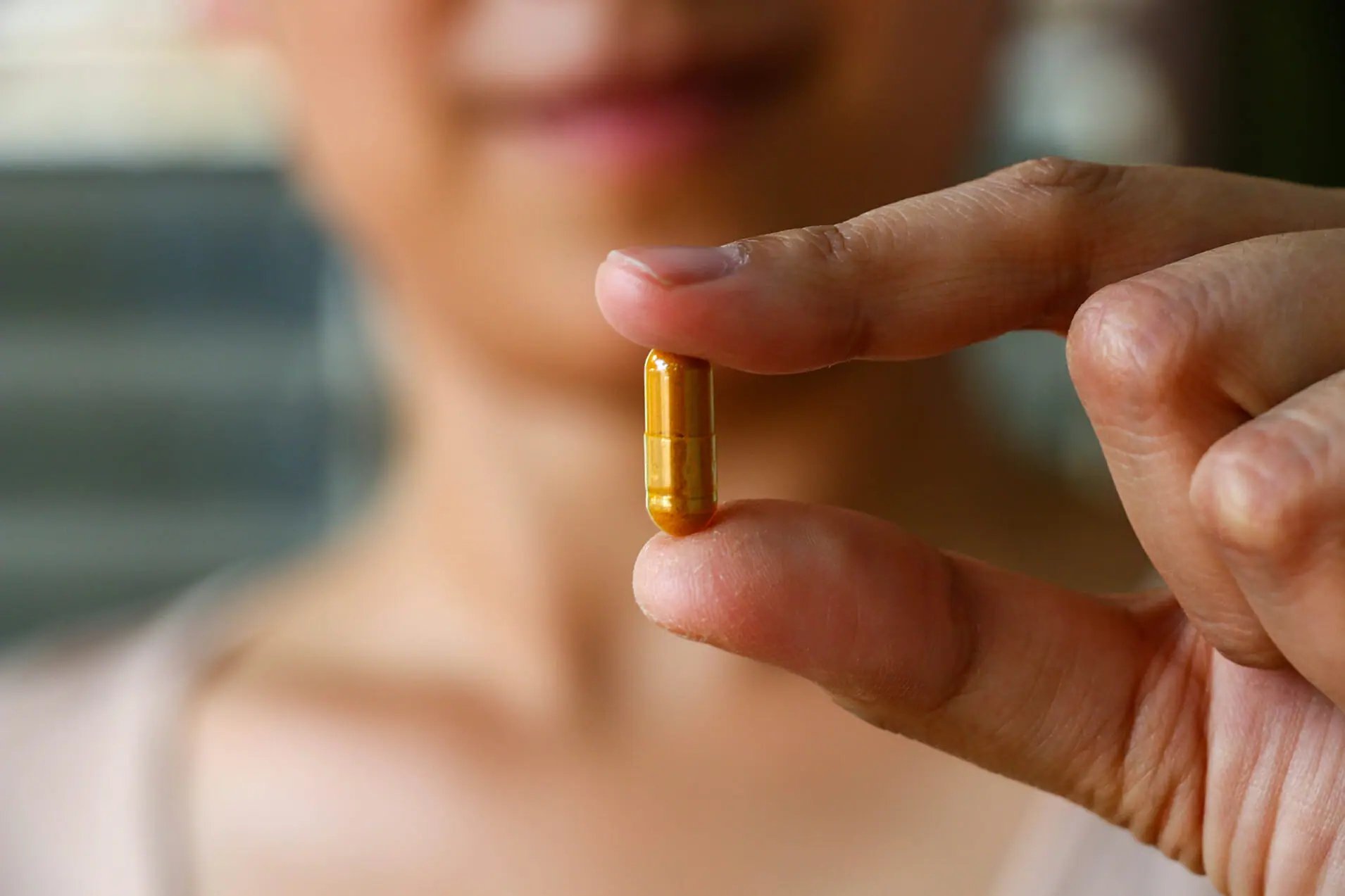Bridge device is our breakthrough nerve stimulator for treatment of opioid withdrawal symptoms. Requires recovery consultation.

Developed several years ago by Indiana-based Innovative Health Solutions and approved for use by the FDA, the Neuro-stim System Bridge detox device is a non-pharmaceutical method designed to provide pain relief for people withdrawing from opioid drugs. Initially, the Bridge device was prescribed to chronic pain sufferers for pain management. After people suffering chronic pain conditions and opioid addiction reported experiencing relief from severe withdrawal symptoms, doctors began researching the efficacy of the Neuro-stim System Bridge device on those experiencing heroin withdrawal.
The inventor of the Bridge detox device is a board-certified addictionologist named Dr. Arturo Taca. He created this neuromodulating device as a “bridge” for opioid addicts to use between managing painful withdrawal symptoms and having their initial Vivitrol® injection. According to Innovative Health Solutions, the manufacturer pioneering Dr. Taca’s invention, the Bridge device for detox is meant for use in association with doctor-guided programs. It should also be placed by licensed healthcare professionals according to state guidelines.
Bridge device is our breakthrough nerve stimulator for treatment of opioid withdrawal symptoms. Requires recovery consultation.

Neuromodulation, or electrical stimulation of specific brain regions, supports the science of why the Bridge detox device is providing much-needed help for people trying to withdraw from opioids. By safely stimulating nerves associated with various brain processes, neuromodulation induces a natural, therapeutic biological response via release of neurotransmitters and modulation or alteration of nerve functioning, specifically nerves that are damaged and/or hypersensitive due to an addiction.
In some cases, people receive the benefits of neuromodulation through application of pharmaceutical agents instead of electrical stimulation. For example, many epileptic, Parkinson’s and spinal cord injury patients currently rely on neuromodulation, both electrical and pharmaceutical, for relief of severe symptoms that do not respond to traditional treatments.
No surgery is involved with implementing the Bridge detox device. Instead, the Bridge rests behind either ear – so it does interfere with wearing glasses. Electrodes attached to the Bridge are implanted noninvasively to nerve-endings scattered around the auricle (outer ear). Once established, the Bridge device starts sending electrical signals targeting certain areas of the brain implicated in opioid withdrawal and the perception of pain.
Length of time clients need to wear the Bridge device for addiction depends on the recommendation of the attending addiction physician. Since the device sends neuromodulating signals for about 96 hours over a period of four to five days, clients in withdrawal will not be able to wear the device beyond this time.
For most people using this innovative device, acute pain associated with drug withdrawal typically begins diminishing in less than one hour, once nerves start receiving therapeutic neuromodulating signals from the Bridge.
Reported side effects are rare, primarily involving skin irritation or slight bleeding at the implantation site. Since adhesives and tapes help keep the device positioned properly, a few people may experience increased skin irritation if they are allergic to the materials used to make medical adhesive tape.
Although the device is low voltage and water resistant, getting it wet while showering or swimming will disrupt battery functioning. To keep it dry, place two dry washcloths or something plastic over the device in the shower to prevent exposure to water. Except for ensuring the device remains dry, no other precautions are necessary when wearing the Bridge.
In most cases, pain that returns after a period of relief means implants may have loosened enough to prevent neuromodulating signals from reaching the brain. Sometimes circle bandages need replaced with new ones. Bridge device providers will inform clients how to fix loose implants by “pinching” them. If pain persists after employing restoration techniques, clients should contact their provider as soon as possible.
Synergy Recovery Services offers addiction counseling and medications to help reduce cravings after you have completed the detox phase of your recovery. We also have intensive outpatient and partial hospitalization treatment to accommodate work and family responsibilities without compromising completion of your personalized recovery program.
Withdrawing from opioids such as heroin or prescription pain pills causes severe, flu-like symptoms and acute pain. Although medications are available to alleviate withdrawal symptoms, they offer only temporary relief that often fails to ease the painful joints, muscle aches and headaches associated with opiate withdrawal. To help those who are addicted to substances through withdrawal, Synergy Recovery Services offers the Bridge device for addiction, a neuromodulating device proven effective for relief of opioid withdrawal symptoms. To learn more about the Bridge device, please call us today at 661-878-9930 or contact us online.
Text or call us at 661-336-2555, or ask a question below.